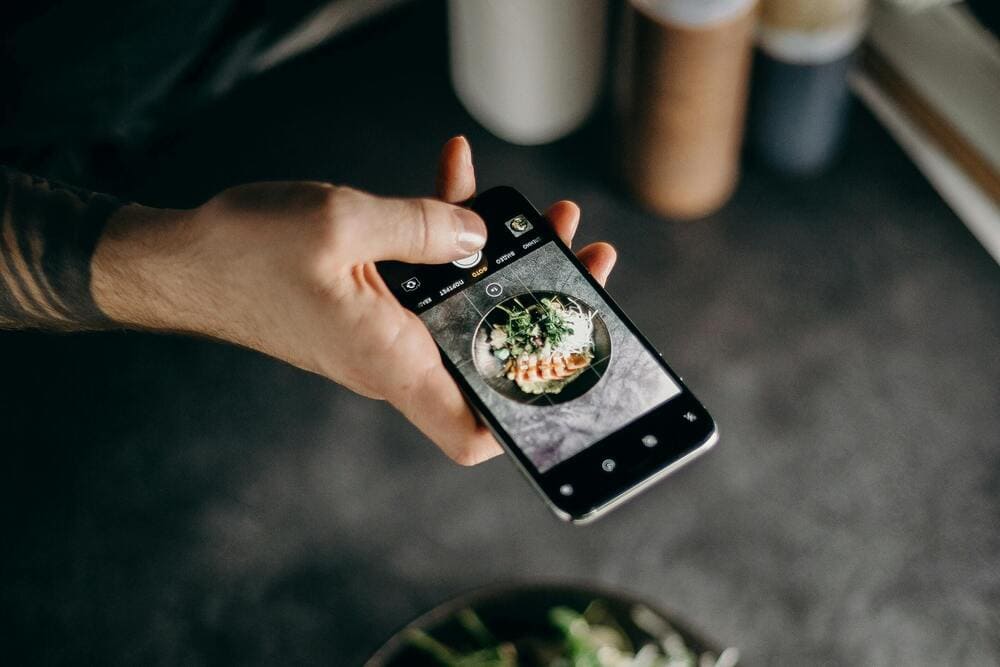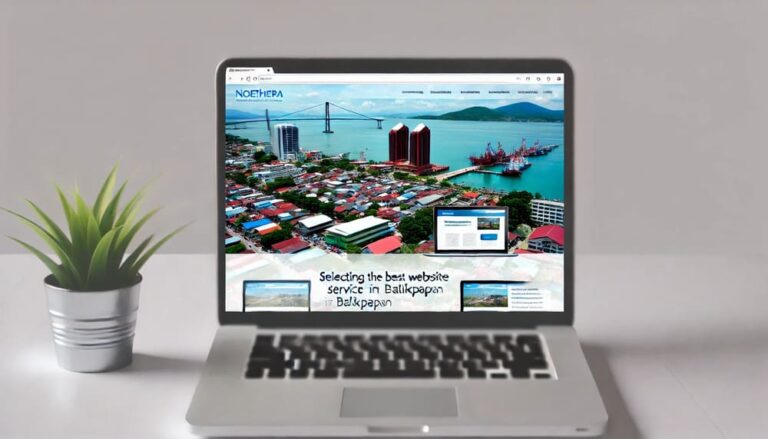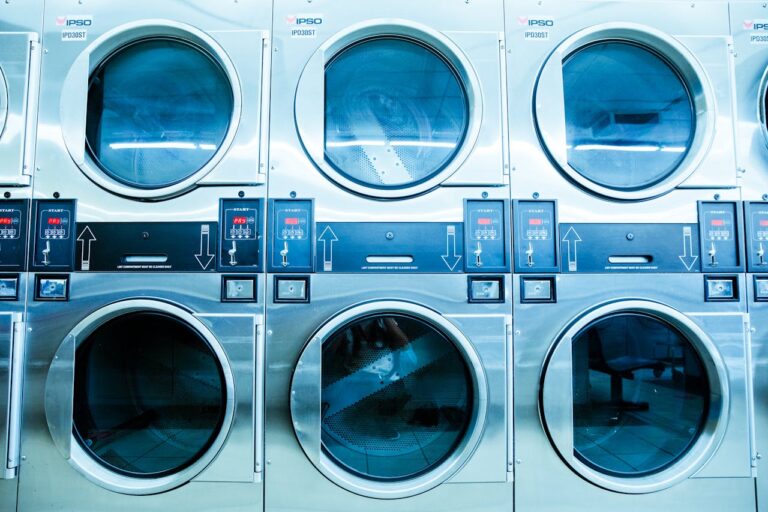The restaurant industry has undergone a digital transformation, with platforms like Instagram becoming key tools for attracting customers. From mouthwatering food photos to behind-the-scenes glimpses of the kitchen, Instagram allows restaurants to connect with their audience in a visually engaging way. But when it comes to turning those followers into actual diners, does Instagram outperform a dedicated website? The answer might surprise you and could reshape how you approach your digital marketing strategy.
In this article, we’ll explore the strengths and limitations of both Instagram and websites for restaurants. We’ll uncover which platform is better at driving reservations and how they can work together to create a comprehensive strategy for your business.
The Case for Instagram
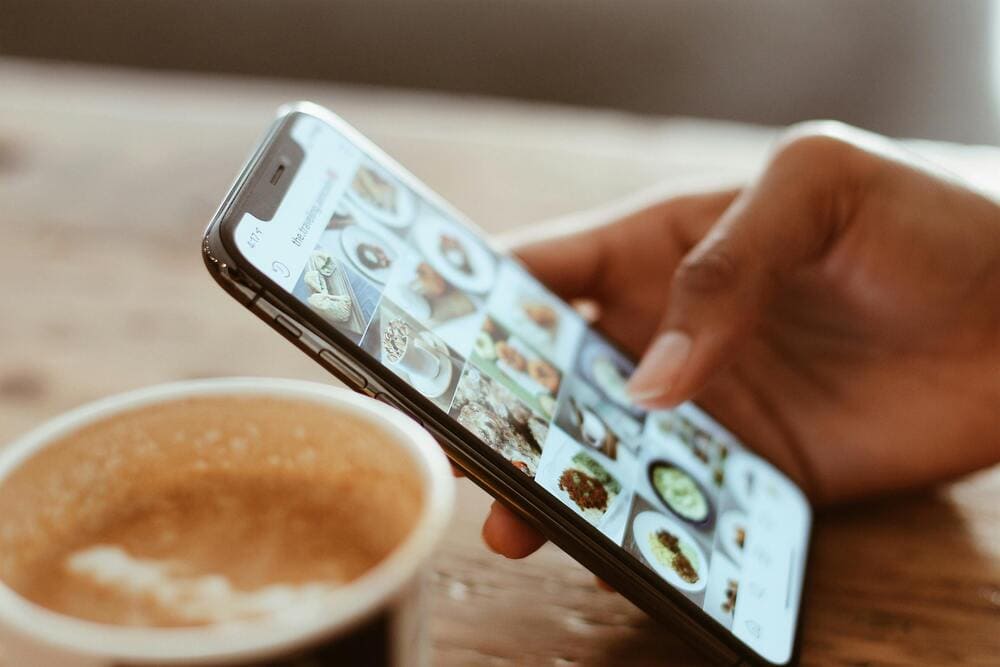
Instagram is a visual playground for food lovers. Scrolling through the platform, users are constantly bombarded with beautiful images of dishes, drinks, and dining experiences. This makes Instagram a powerful tool for restaurants to showcase their offerings and build brand awareness.
For instance, a trendy café in BSD might post an enticing image of their signature latte art paired with a caption like, “Start your day right—visit us for coffee and vibes!” Posts like these not only grab attention but also inspire people to share their experiences, increasing the restaurant’s visibility.
Instagram’s interactive features, such as stories, reels, and polls, also make it an excellent platform for engagement. Restaurants can ask followers to vote on their favorite dishes, promote limited-time offers, or share behind-the-scenes content that humanizes their brand. This engagement helps restaurants build a loyal community, keeping their name top of mind for followers.
However, Instagram has limitations when it comes to driving reservations. While it excels at creating awareness and interest, converting followers into paying customers often requires an additional step. For example, Instagram doesn’t offer built-in reservation tools, meaning users must leave the app to book a table—an extra hurdle that can reduce conversions.
The Strength of a Website

While Instagram is fantastic for engagement, a well-designed website is the foundation for conversions. Your website serves as a central hub where potential diners can find all the information they need about your restaurant, from menus and operating hours to reservation options.
One of the most significant advantages of a website is its ability to integrate online booking systems. For instance, a fine dining restaurant in BSD with a mobile-responsive website can allow users to check availability, select a time, and reserve a table in just a few clicks. This convenience is unmatched by Instagram, where users would need to manually contact the restaurant or follow a link to an external booking platform.
Websites also offer complete control over branding and design. Unlike Instagram, where posts and content are displayed in a uniform format, your website can be fully customized to reflect your restaurant’s personality. High-quality visuals, engaging copy, and intuitive navigation create an immersive experience that showcases your brand’s uniqueness.
Additionally, websites have a distinct advantage in search engine visibility. By optimizing for keywords like “best restaurants in BSD” or “family-friendly dining near me,” your website can rank higher in Google search results, attracting new customers who may not be active on Instagram. With proper SEO strategies, your website becomes a powerful tool for increasing organic traffic and driving more reservations.
Instagram vs. Website: Which Drives More Reservations?
The reality is that Instagram and websites aren’t competitors—they’re complementary tools. Each platform serves a specific purpose in the customer journey. Instagram excels at discovery and engagement, capturing the attention of foodies with its visually appealing content. On the other hand, websites are essential for closing the loop, providing the functionality needed for diners to book a table or place an order.
For example, a diner might discover your restaurant on Instagram through a beautifully crafted post showcasing your signature dishes. Intrigued, they click the link in your bio, which directs them to your website. There, they browse your menu, explore your special offers, and book a table for dinner. This seamless transition from Instagram to your website highlights the importance of integrating both platforms into your strategy.
Restaurants that rely solely on Instagram risk losing potential customers who need more information or an easy way to reserve a table. Similarly, a restaurant with an excellent website but no Instagram presence may struggle to attract attention in a crowded market. To maximize reservations, you need both platforms working together in harmony.
How to Create a Comprehensive Digital Strategy
To effectively combine Instagram and your website, start by ensuring they complement each other. Use Instagram to capture attention and drive traffic to your website, while optimizing your website to convert that traffic into reservations.
For instance, include a clear call-to-action in your Instagram bio, such as “Book your table now” with a link to your website’s reservation page. On your website, ensure that the booking process is straightforward and mobile-friendly, as many users will visit your site from their phones.
Your Instagram feed should also showcase your website’s features. Post stories or reels highlighting your online booking system, promote new menu items available to view in full on your website, or share customer testimonials to build trust.
Both platforms should maintain a consistent brand identity. Use similar color schemes, fonts, and messaging to create a cohesive experience for customers.
Case Study: A Balanced Approach in BSD
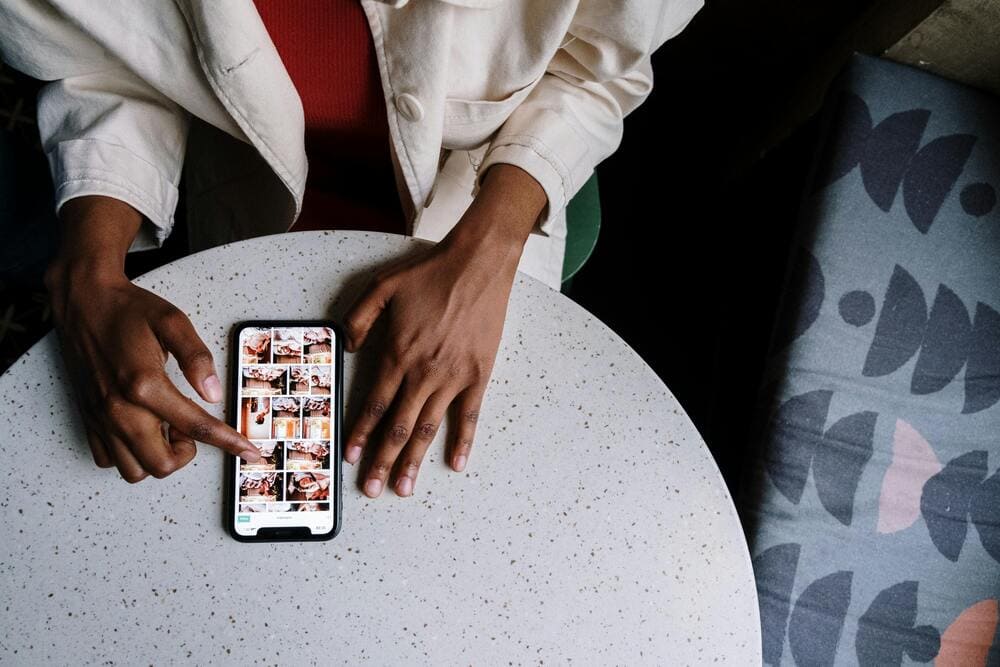
A well-known family-friendly restaurant in BSD struggled to convert its high Instagram engagement into reservations. Despite having over 10,000 followers, their booking numbers didn’t reflect their popularity online.
After consulting with Noethera, the restaurant revamped its website to include a streamlined reservation system, optimized for mobile users. The restaurant also updated its Instagram strategy, focusing on directing followers to the website. Posts included captions like, “Excited to try our new weekend brunch menu? Click the link in our bio to reserve your spot!”
Within three months, the restaurant saw a 35% increase in reservations, proving the effectiveness of combining Instagram’s visual appeal with the functionality of a website.
Why Noethera Is Your Digital Partner
At Noethera, we specialize in helping restaurants build comprehensive digital strategies. Our team creates stunning, functional websites that drive reservations while optimizing your Instagram presence to attract and engage followers.
From integrating booking systems to crafting SEO-friendly content, we ensure your platforms work together seamlessly to deliver measurable results. Whether you’re looking to redesign your website or enhance your social media strategy, Noethera provides the expertise you need to succeed in a competitive market.
Conclusion
When it comes to driving reservations, Instagram and websites are most effective when used together. Instagram captures attention and builds engagement, while your website provides the functionality to turn interest into action. By investing in a comprehensive digital strategy that leverages both platforms, your restaurant can increase its visibility, attract more diners, and boost revenue.
Ready to take your restaurant’s digital presence to the next level? Contact Noethera today and let’s create a strategy that drives results.

